Earlier this year I wrote about a tasting of wines organized by the Italian Slow Food Movement. The focus there was on the wines of Piedmont and now that autumn is approaching, I think it is well worth continuing to explore the wines from Piedmont.
For people with a strong interest in wine Piedmont is often synonymous with quality and elegance and long-lived wines from the grape Nebbiolo. But compared to Chianti Piedmont is far less famous and for many the sparkling wine Moscato D’Asti is probably the only contact with the region. Piedmont is so much more and offers a lot to discover. Let’s start with a brief review of the landscape.
Piedmont means the foot of the mountain and around Asti you find the Monferrato wedges that are offshoots of the Alps. The area is very undulating and only 5% of the vineyards are on flat land. The mountains do cause a lot of moisture to collect though and fog is not uncommon especially in autumn. During the growing season, however, the temperature is high and fairly stable with an average temperature from June to September of over 20 degrees C. When it comes to wines types Piedmont can boast a large range. In this text I will go through the three main grapes used for red wine and in the next part, I will come back to the whites.
Read all the articles in the three-part series on Piedmont’s wines:
- An introduction to Piedmont with three recommended producers
- Slow Wine from Piedmont: Cantalupo, Icardi, Mossio
- Piedmont’s white wines; to be discovered!
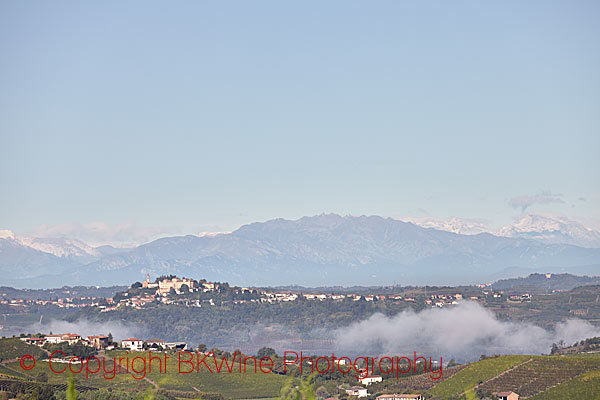
The number one grape is undoubtedly nebbiolo and this is the uncontested king of Piedmont. Nebbiolo makes exciting and unforgettable wines. On the nose they often have a hint of roses or tar. They are generally not very aromatic although some producers have changed the technology and makes higher extractions and more concentrated wines.
Colour-wise the wine is rather light and is more similar in its appearance to a pinot noir than to a cabernet sauvignon. Despite the weak colour nebbiolo can boast strong and distinctive tannins and high acidity. Overall, you get a wine capable of long ageing but that can be harsh and unforgiving in its youth.
Two sub-regions of Piedmont are the ones best known for their nebbiolo wines: Barolo and Barbaresco. Barolo wines tend most often to be described as stronger and more “masculine” while Barbaresco often has a little more elegance and more “feminine” wines. Today, though, there are great variations between producers which makes this distinction very fuzzy. There are also some regions around these two that make really good Nebbiolo wines, which and here the chance is greater to find more affordable wines.
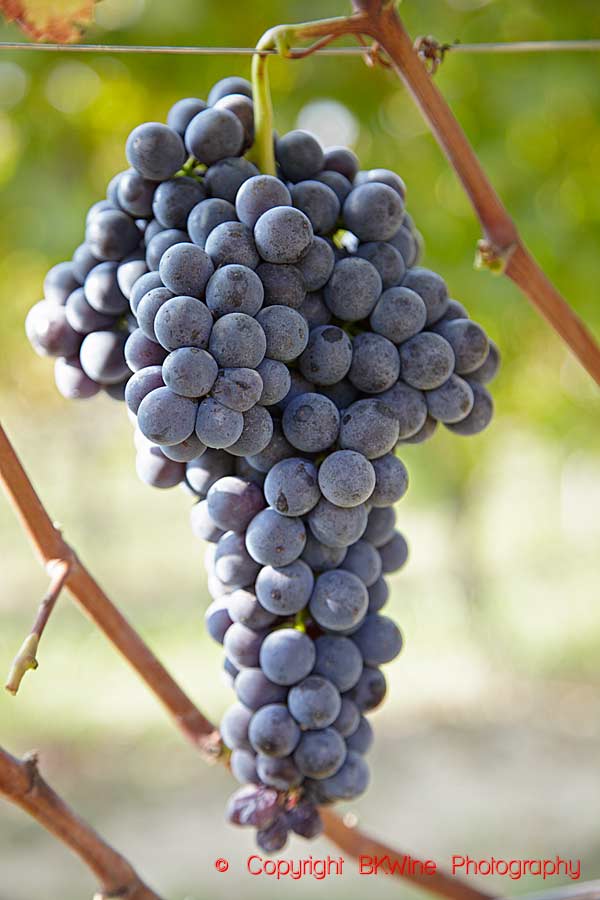
Barbera is another grape that is grown a lot in Piedmont and perhaps the best examples are made around Asti. Barbera is often considered a wine to be drunk young and lacking the structure needed for a long ageing. This is something that many of the producers at the Slow Food tasting strongly disagreed with and stressed that 10 years is absolutely not a problem for a good barbera; rather it is only the wine really comes to its fore. At the tasting, we had the opportunity to try many good barbera wines and it really hit me home how much differences there are between the various producers. Barbera can be anything from an almost jammy, fruity wine to an austere almost Burgundian wine. This is one of the grapes that I am most interested in right now and it is regrettable that we do not have more good barbera wines in Sweden.
The last red grape to mention is Dolcetto. Dolcetto is a light wine often with cherry notes. Often it has a distinct sweetness and is normally drunk very young. In the previous part I wrote about a few Dolcetto wines from Mossio which were very interesting.
After this introduction, it is high time to go on a few examples. Here are tasting notes and some more information on a few of the wineries that participated in the tasting.
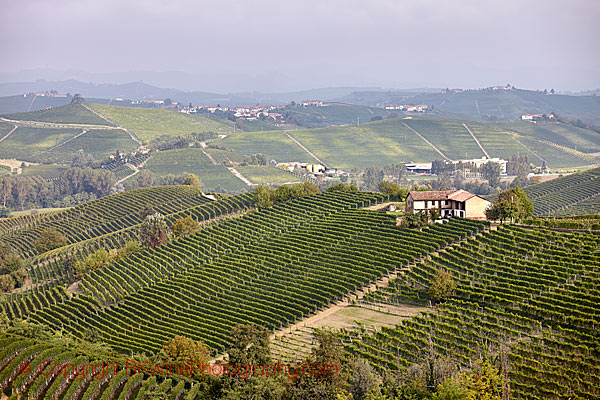
Castello di Neive
This is a family-owned winery, owned by the Stupino family. The family began its career in the wine when Giacomo bought vineyards in the area. In 1964 he bought the castle and since then it has been the seat of the family business. Now it is owned by his four children. When Giacomo died in 1970 Giulio and Italo took over the vineyard. In 1978 they began to refine clones of the grape Arneis, with the help of experts from the University of Turin, a grape that had long lived an inconspicuous life because of its low productivity. They are very proud of their Barbera wines and I was told that they grow Barbera on 1.5 hectares of land classified as Barbaresco. People think they are crazy but that is the extent to which they love their barbera.
Castello di Neive Dolcetto d’Alba 2014
A fruity wine with an aroma of sweet berries, there are a lot of fruit that going towards the darker side. The acidity is quite low, which might give a slightly flat feeling. The finish is very interesting with a salty sensation. 84 p.
Castello di Neive Barbera d’Alba 2014
The wine has a touch of alcohol to begin with. Full-bodied aromas with berries, with the most prominent being strawberries. The wine has good tannins and is balanced with a long finish with a light touch of fruit. 87 p.
Castello di Neive Barbaresco Santo Stefano, 2012
Big attack with lots of fruit, what especially stands out is strawberries and cherries. The tannins are already supple despite their intensity. The wine has a long and fruity finish. Despite all the fruit, there are also some darker tones in the finish. 90p.
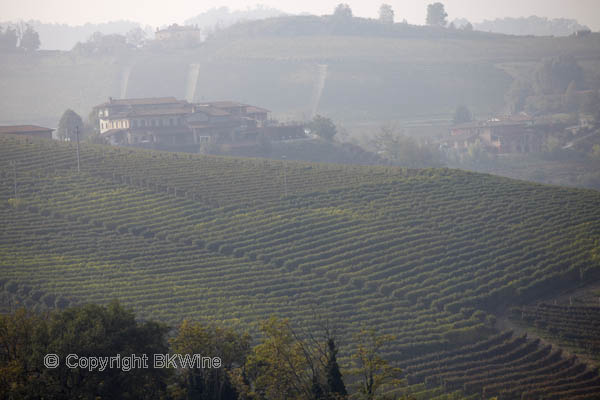
Cantina Rosoretto
This vineyard is located in the heart of the Barolo region. The Rosoretto name comes from the garden with roses that was there before it became a winery. There are still traces of this tradition in and around the vineyard there are plenty of roses. Wine has been grown at the site since 1958 when the first nebbiolo grapes were planted. In 1964 they also planted some Dolcetto. The vineyard has received a major boost in popularity in recent times and in 2011 the new cantina was completed. In 2013 they opened their new website. I tasted two of their wines and thought both were excellent.
Cantina Rosoretto Barolo “Parussi” 2012
Lightish on the nose. Very elegant. On the palate it is well balanced with a long aftertaste. The most prominent tones are strawberries and cranberries. The tannins are very apparent and very smooth. 91 p.
Cantina Rosoretto Barolo “Parussi” 2011
This wine has much more fruit than the previous one. Warmer berries with notes of strawberries and wild strawberry. A very fine wine with a very long finish. Smooth tannins. 93 p.
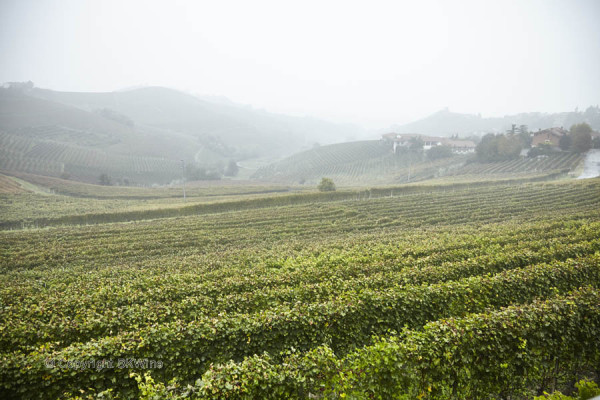
Azienda Agricola Ca ‘Viola
Beppe Caviola is the man who started this winery. Although he released his first wine in 1991, a Dolcetto, the story begins much earlier than that. Beppe studied at the oenological centre in Gallo just outside Alba, a centre that has shaped many great winemakers. In the early 80s he saw a vineyard that he was very interested in, called Barturot. This was before the region became known to the public and the price of land was significantly lower. But not low enough for Beppe to buy the land. But he managed to rent the vineyard and produced his first grapes there. He started making wine as a hobby but when Elio Altare (a well-known winemaker already at that time) tasted the wine and said to Beppe that he should bottle and sell it that’s then what Beppe did. And that’s the way it all started.
Ca ‘Viola Barbera D’Alba Brichet 2013
Dark fruit. Between full-bodied strawberries and blackberries. Distinct tannins and a mineral acidity. 87 p.
Ca ‘Viola Barbera D’Alba Bric du Luv 2012
This is one of the “original” wines which he has made since 1991. The vines are around 70 years old. The wine has some floral notes, violet and a lot of dark black currant. The finish is very nice with a hint of sweetness. 86 p.
Ca ‘Viola Barolo SottoCastello Di Novello
The wine starts off with a floral character. It is a fairly light wine with elegant fruit, strawberries. It ends on finesse and elegance. 89 p.
I will return with a third final part where I put a little more focus on white wines from Piedmont.
Read part 1 here: Slow Wine from Piedmont: Cantalupo, Icardi, Mossio.
Tobias Karlsson writes on BKWine Magazine on wine tastings with wine merchants and importers.
[box type=”info” style=”rounded” border=”full”]Do you want to get really close up and personal with the wines of Piedmont, then come on a wine tour with BKWine.
Travel to the world’s wine regions with the experts on wine and the specialist in wine travel.
Wine tours with the specialist![/box]
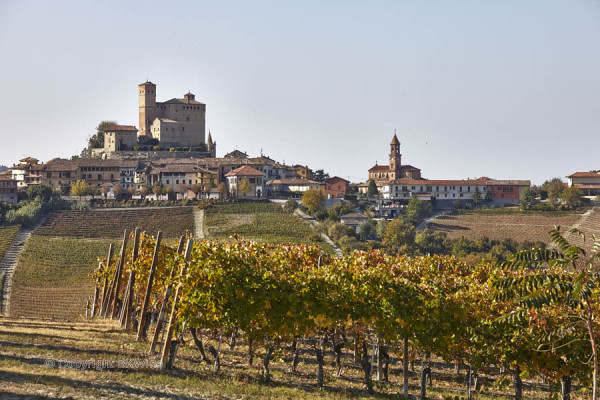


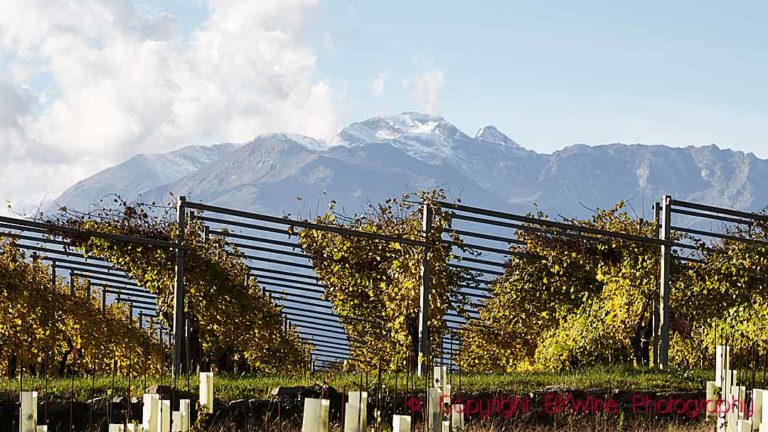
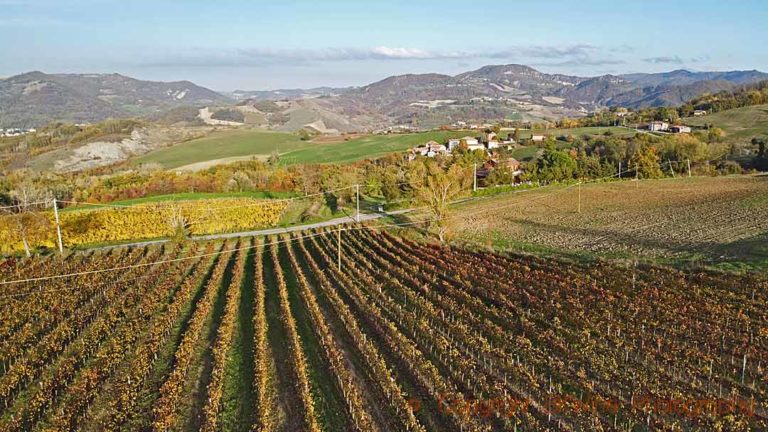
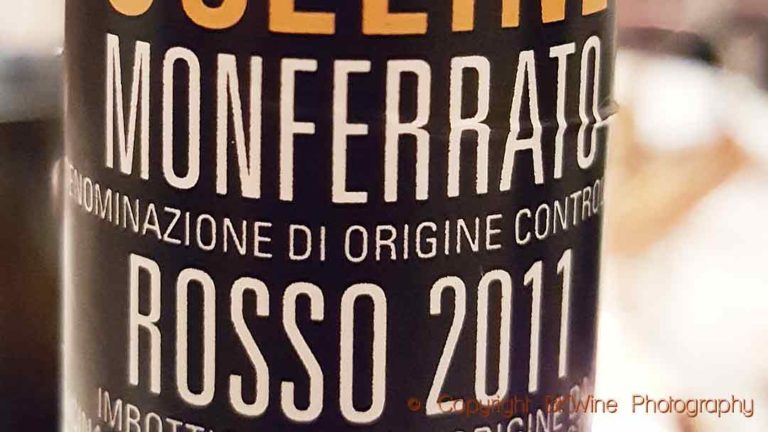





2 Responses